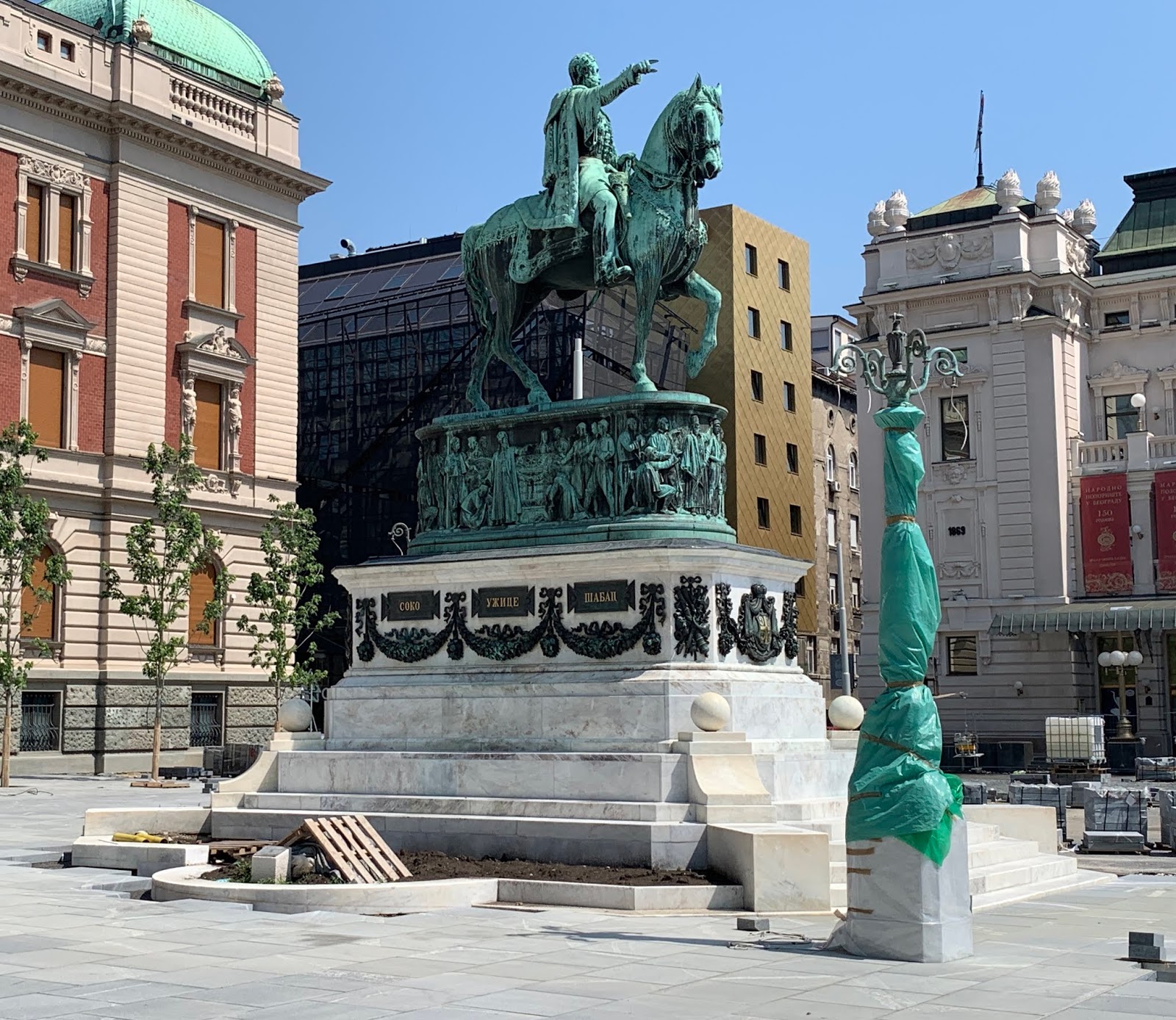The little travelogue from Belgrade
P.S.: We left the narrative in the "ich" form.
1. The Cathedral of Saint Sava, visited on the 20th June
2.The Ethnographic museum, visited on the 21th June
3. The Kalemegdan fortress, visited on the 21th June
Today the situation is different. Vojvodina is for long time a part of Serbia and Kalemegdan already became a park at the end of the 19th century, later also a museum and a recreation center. There are many sports facilities at the fortress, including tennis courts and basketball courts, as these sports are quite popular in Serbia and many famous sportsmen in these disciplines come from Serbia. The park is large and has a very pleasant atmosphere. Many local people come here to spend their free time. In addition to military architecture, parks and sports facilities, the fortress also features a military museum and you can also see the ottoman mausoleum or the typical Balkan house, in which currently seats the Belgrade authority for monuments and cultural heritage."
4. The Cathedral Church of St. Michael the Archangel and the Patriarchate of the Serbian orthodox church, visited on the 21th June
"When I was returning from the visit of the famous Kalemegdan fortress, I stopped in the Cathedral of Saint Michael the Archangel, otherwise also called Saborna crkva, the beautiful temple, in which serbian and later yugoslavian kings were crowned, and where the famous writer and linguist Vuk Stefanović Karadžić is buried. Opposite to the temple is another building, which is quite significant for Serbia, because it is the seat of the Patriarchate of the Serbian orthodox church."5. The statue of the prince Mihailo III. Obrenović
Prince Mihailo III. Obrenović during his reign between 1860 and 1868 forced the Turks to leave the country and thanks to that he completed the process of gaining serbian independence, which brought him great popularity. He died in 1868 by the hands of the assassins..."























